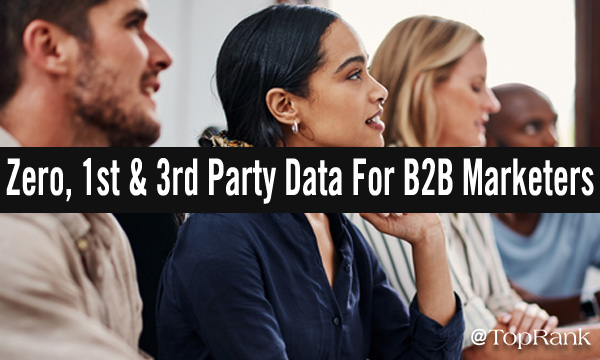Why 2023 will usher in a third-party data renaissance
By Eyeota
Marketers have been riding a years-long roller coaster regarding new privacy laws and policies governing how they can use data to guide their campaigns and customer relationships. At every turn, they’ve received a constant piece of advice: to avoid disruption in third-party data availability, build first-party data assets.
While that’s good advice for many marketers, it’s also not enough. For most brands, third-party data is still a fundamental requirement for enriching and scaling the information they use for effective marketing, particularly acquisition efforts. Now, after years of global upheaval within the data and privacy space, marketing teams are uncertain about where and how third-party data fits into their broader data-driven programs as a privacy-first global reality emerges.
For these marketers, there’s good news. Going into 2023, the same forces that have been driving the emphasis on building first-party data assets are simultaneously pushing third-party data into a renaissance period that will enable teams to meet and exceed their acquisition and retention goals.
Regulatory changes are driving the third-party data renaissance
Regulatory, platform and consumer shifts are transforming the data landscape for marketers and the future of third-party data in particular.
Marketers have spent the past few years figuring out how to comply with GDPR, CCPA, CPRA and a host of other policies at the state or international level. Now, in the U.S., there is significant progress toward federal privacy legislation in the form of the ADPPA. This push toward heavier regulation surrounding personal data — mainly how it can be acquired and who can use it — has been perhaps the most significant force behind the drive for first-party data acquisition.
However, marketers would be remiss to think that greater regulation spells disaster for third-party data solutions. Instead, greater regulation means third-party data solutions are poised to become more robust and essential than ever. This is evident in global markets, where heavier regulation has reshaped the third-party data solutions category around compliance, quality and, above all, consumer control and consent. This means the foundation that underpins the third-party data enrichment and modeling available to marketers is becoming more stable and transparent overall.
The evolution of cookieless solutions and ID proliferation
After years of deadlines and warnings, the cookieless future has yet to materialize, and, for some, Google’s timelines have lost credibility. However, the continued low-level alarm sparked by the foretold deprecation of third-party cookies in Chrome has already moved the third-party data marketplace in a meaningful way — regardless of whether marketers are choosing to implement long-term solutions right now.
What’s evident is that third-party cookies haven’t been delivering the breadth of audience access and understanding marketers require. When the apparent end for cookies came into focus a few years back, future-focused third-party data partners sprang into action on cookieless solutions designed to help brands and agencies maintain visibility across channels and devices. Those solutions are waiting in the wings and being actively implemented by those looking for a competitive edge. The organizations that tap into them sooner rather than later stand …read more
Source:: Digiday






